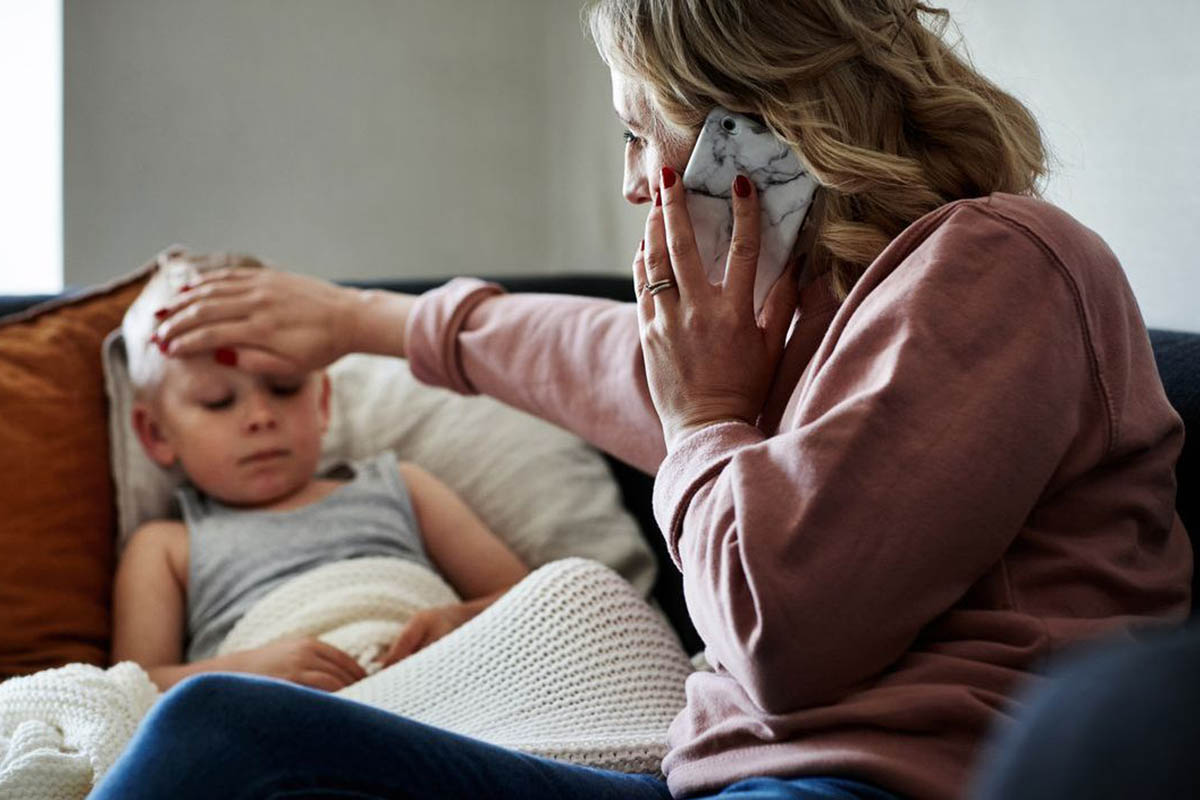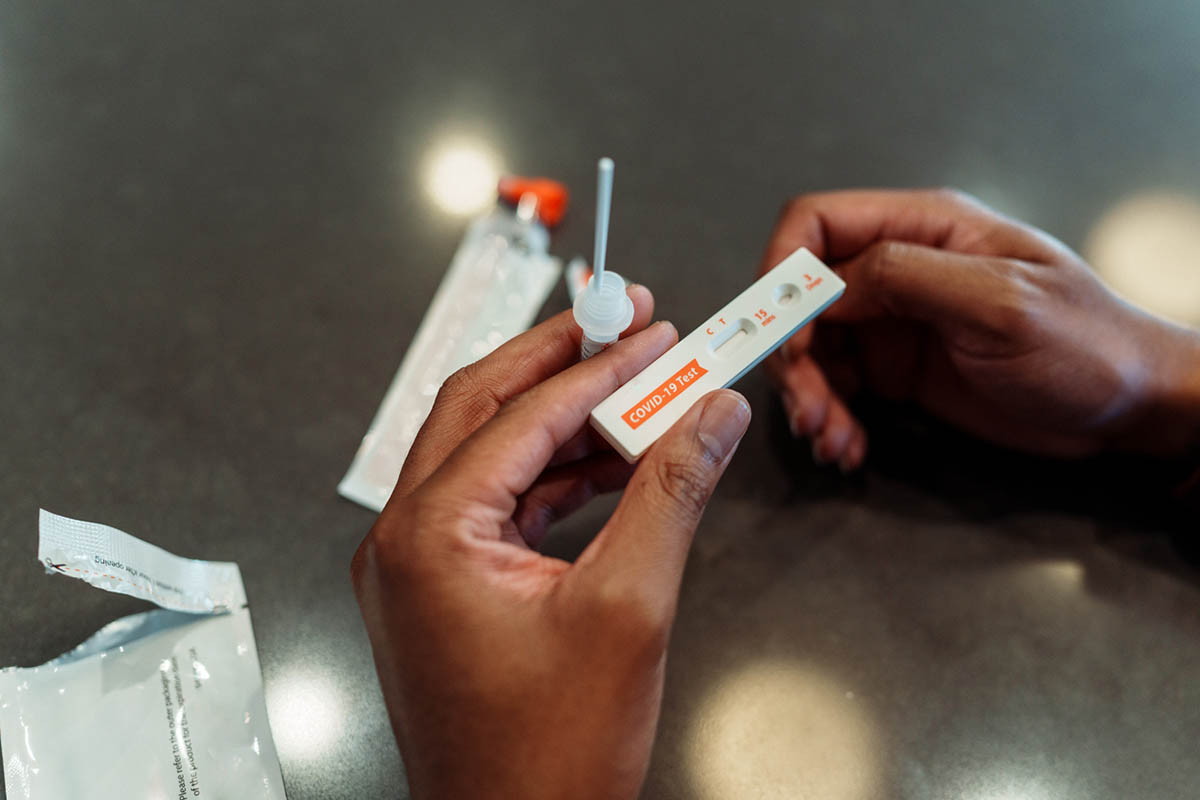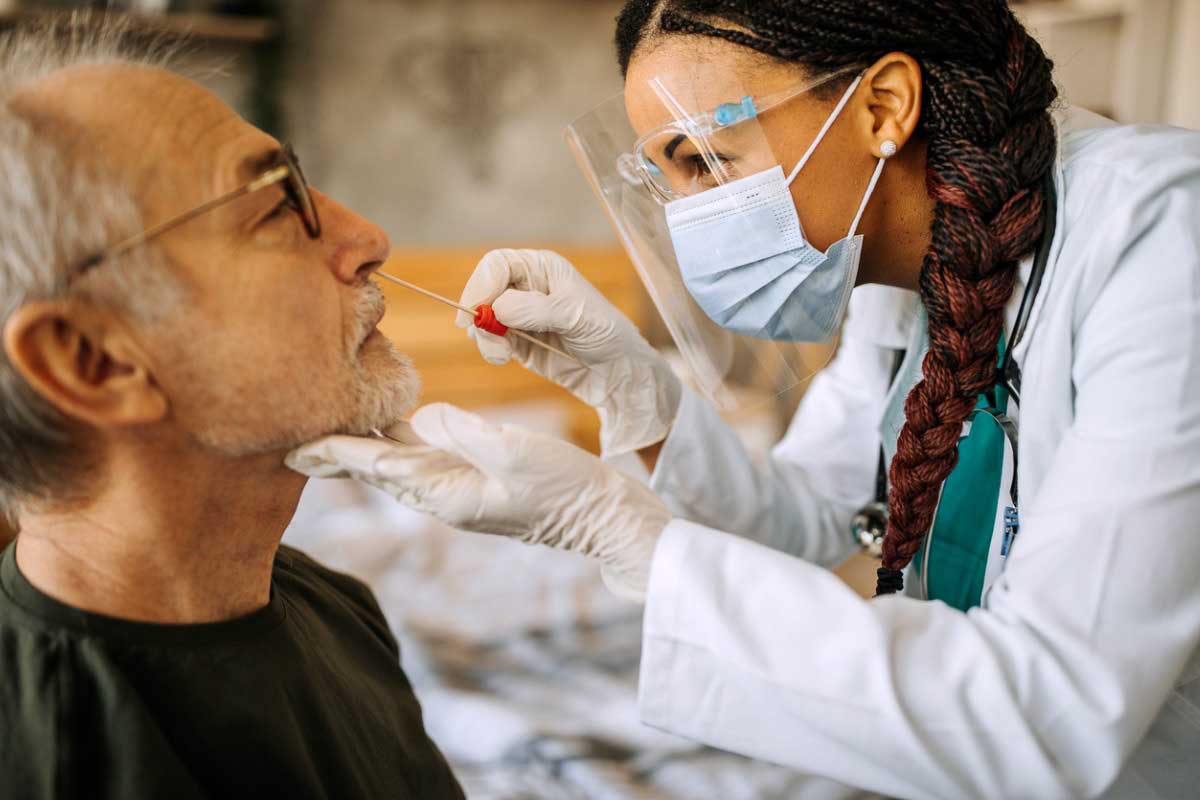
Open Burn Pit Exposure and Concern About the COVID-19 Pandemic
See letter by Brumage et al and reply by Padala et al
Veterans of Operation Iraqi Freedom and Operation Enduring Freedom were frequently exposed to open burn pits (OBPs) used for solid waste disposal and thus suffer from long-lasting health consequences. During these conflicts, ground forces relied on OBPs to process up to 65,000-85,000 lb of waste per day. OBPs burned plastics, wood, metal, rubber, electronics, vehicles, construction materials, chemicals (paints, solvents), petroleum, medical waste, munitions, and human waste often with no covers. Thousands of veterans were chronically exposed, usually with no adequate protective equipment, to airborne hazardous chemicals. Over 273 active OBPs were reported in military bases in Iraq and Afghanistan in 2010 alone.1 While many exposed military personnel experienced acute discomfort and illnesses, others did not notice the development of chronic diseases until years later. The most common OBP exposure-related health concerns include asthma, constructive bronchiolitis, chronic obstructive pulmonary disease, hypertension, type 2 diabetes, migraine headache, autoimmune disorders, depression, anxiety, and malignancies.2
Increased Vulnerability of OBP-Exposed Veterans During the COVID-19 Pandemic
Although some early steps have been taken to understand the health effects of OBP exposure in veterans and service members, the current pandemic puts a spotlight on the increased vulnerability of these veterans. To better understand OBP exposure and its consequences, the VA Airborne Hazards and Open Burn Pit Registry (AHOBPR) was established in 2014.3 Over 175,000 veterans have provided data regarding exposure and the chronic effects of exposure.3 Veterans exposed to OBPs are sensitized to threats of airborne exposure and have found it particularly difficult to cope with the fear and stress of contracting coronavirus disease 2019 (COVID-19). There is a particularly high concern among those with cardiovascular, respiratory, and central nervous system comorbidities.
We present a case of an OBP-exposed veteran, including his fears related to COVID-19, and discuss the possible mechanisms by which OBP-exposed veterans could be at high risk of COVID-19 infection or increased stress due to the pandemic. Interview for the case report included the questionnaire from AHOBPR, measures of COVID-19-related stress, and validated measures of variables affected by the COVID-19 pandemic such as physical activity, perceived stress, resilience, physical function, and cognitive impairment. Medical comorbidities reported by the veteran were confirmed by the physician through the electronic medical records.
Case Report
Mr A, a 44-year-old college-educated, divorced, white man, provided information regarding exposure to OBPs during his deployment to Iraq, Kuwait, and Jordan. He reported to be currently unemployed and was 70% service connected. He reported to have joint custody of his son and that he was currently downsizing his house due to financial constraints. His comorbidities included hypertension, hyperlipidemia, depression, recurrent deep vein thrombosis, gastroesophageal disease vitamin D deficiency, and erectile dysfunction. His body mass index was 27.8 kg/m2. He reported to be a past smoker and had smoked a pack per day for 15 years. He had quit smoking about 2 years ago. He also reported to drink 1 or 2 beers twice a week. He denied any substance abuse. His medications included atorvastatin, cholecalciferol, lisinopril, rivaroxaban, montelukast, cetirizine, and tadalafil. His recent pertinent laboratory evaluations included elevated potassium and low-density lipoprotein levels and decreased vitamin D (Table 1). Regarding his exposure to OBPs, he reported a cumulative exposure of 40 days with no protective equipment. His main concern during his deployment was exposure to smoke and chronic insufficient sleep. He reported to have only slept for an average of about 3 to 4 hours daily. He expressed concerns about ongoing medical problems and fear of developing future problems. He reported to have allergies, insomnia, numbness, and memory issues. He had difficulty running or jogging 1 mile or taking a flight of stairs. He felt that his overall health was much worse compared to his predeployment levels. He felt sick during his deployment related to the smoke exposure and believed that these problems continued postdeployment.
Mr A reported moderate levels of concern for COVID-19 and that there has been some disruption in his medical care. He also reported moderate levels of depression, anxiety, irritability, hypochondriasis, and memory problems. His score on the Perceived Stress Scale4 was 10/16, which indicates moderate stress (Table 1). His score on the Brief Resilient Coping Scale5 was 9/20, which indicates poor coping skills. His score on the UCLA Loneliness Scale6 was 48/80, which indicates frequent loneliness. His scores on the International Physical Activity Questionnaire7 for the previous week were indicative of moderate activity levels; zero minutes for vigorous physical activity, 4 hours of moderate physical activity, 50 minutes of walking, and an average sitting time of 3 hours daily.
Discussion
OBP-exposed veterans are at increased risk of mental and physical decompensation during the COVID-19 pandemic. It is well known that a second threat often is much more stressful in sensitized populations. OBP-exposed veterans are sensitized to airborne exposure, and the nature of threat with COVID-19 may be particularly stressful for this cohort. These veterans also have multiple comorbidities, which are known to increase the risk of COVID-19 infection and complications such as the cardiovascular problems noted in our patient. OBP-exposed veterans are also noted to have higher levels of isolation than those not deployed and as such may not have the social supports in place to tide them over the pandemic. This was particularly true for Mr A, who reported feeling frequently isolated and lonely. Mistrust in the government is common among the OBP-exposed cohort, and it is plausible that they may be less likely to follow public health guidance regarding social distancing, hand washing, and wearing a mask in public, putting them at an increased risk of the contagion. It is very important to specifically reach out to this cohort to provide extra support during the pandemic. An initial step could be to reach out to veterans registered in the AHOBPR. CARES (coronavirus aid, relief, and economic security) act funds could be used in the creation of services such as a hotline, mobilization of social supports in the form of a food pantry, homeless coordinator outreach, proactive outreach by pharmacists to those at risk of running out of medications, and telehealth check-ins by providers. Others prone to airborne exposures such as firefighters could benefit from similar services.
Received: August 8, 2020.
Published online: November 5, 2020.
Potential conflicts of interest: None.
Funding/support: None.
Patient consent: Consent was received from the patient to publish the case report, and information has been de-identified to protect anonymity.
REFERENCES
1.Sotolongo A, Falvo M, Santos S, et al. Military burn pits. Am J Respir Crit Care Med. 2020;201(7):13-P14. PubMed CrossRef
2.Liu J, Lezama N, Gasper J, et al. Burn pit emissions exposure and respiratory and cardiovascular conditions among airborne hazards and open burn pit registry participants. J Occup Environ Med. 2016;58(7):e249-e255. PubMed CrossRef
3.National Academies of Sciences, Engineering, and Medicine; Health and Medicine Division; Board on Population Health and Public Health Practice; Butler DA, Styka AN, Savitz DA, et al, eds. Assessment of the Department of Veterans Affairs Airborne Hazards and Open Burn Pit Registry. Washington, DC: National Academies Press; 2017.
4.Cohen S, Kamarck T, Mermelstein R. A global measure of perceived stress. J Health Soc Behav. 1983;24(4):385-396. PubMed CrossRef
5.Sinclair VG, Wallston KA. The development and psychometric evaluation of the Brief Resilient Coping Scale. Assessment. 2004;11(1):94-101. PubMed CrossRef
6.Russell DW. UCLA Loneliness Scale (Version 3): reliability, validity, and factor structure. J Pers Assess. 1996;66(1):20-40. PubMed CrossRef
7.Bauman A, Ainsworth BE, Bull F, et al. Progress and pitfalls in the use of the International Physical Activity Questionnaire (IPAQ) for adult physical activity surveillance. J Phys Act Health. 2009;6(suppl 1):S5-S8. PubMed CrossRef
aVISN 16 Geriatric Research Education and Clinical Center, Central Arkansas Veterans Healthcare System, Little Rock, Arkansas
bDepartment of Geriatrics, University of Arkansas for Medical Sciences, Little Rock, Arkansas
cDepartment of Psychiatry, University of Arkansas for Medical Sciences, Little Rock, Arkansas
dDepartment of Pharmacology and Toxicology, University of Arkansas for Medical Sciences, Little Rock, Arkansas
eResearch and Development, Central Arkansas Veterans Healthcare System, Little Rock, Arkansas
*Corresponding author: Kalpana P. Padala, MD, MS, 2200 Fort Roots Drive (3J/NLR), North Little Rock, AR 72114 ([email protected]).
Prim Care Companion CNS Disord 2020;22(6):20l02796
To cite: Padala KP, Padala PR, Leung YK, et al. Open burn pit exposure and concern about the COVID-19 pandemic. Prim Care Companion CNS Disord. 2020;22(6):20l02796.
To share: https://doi.org/10.4088/PCC.20l02796
© Copyright 2020 Physicians Postgraduate Press, Inc.
This PDF is free for all visitors!
Save
Cite




